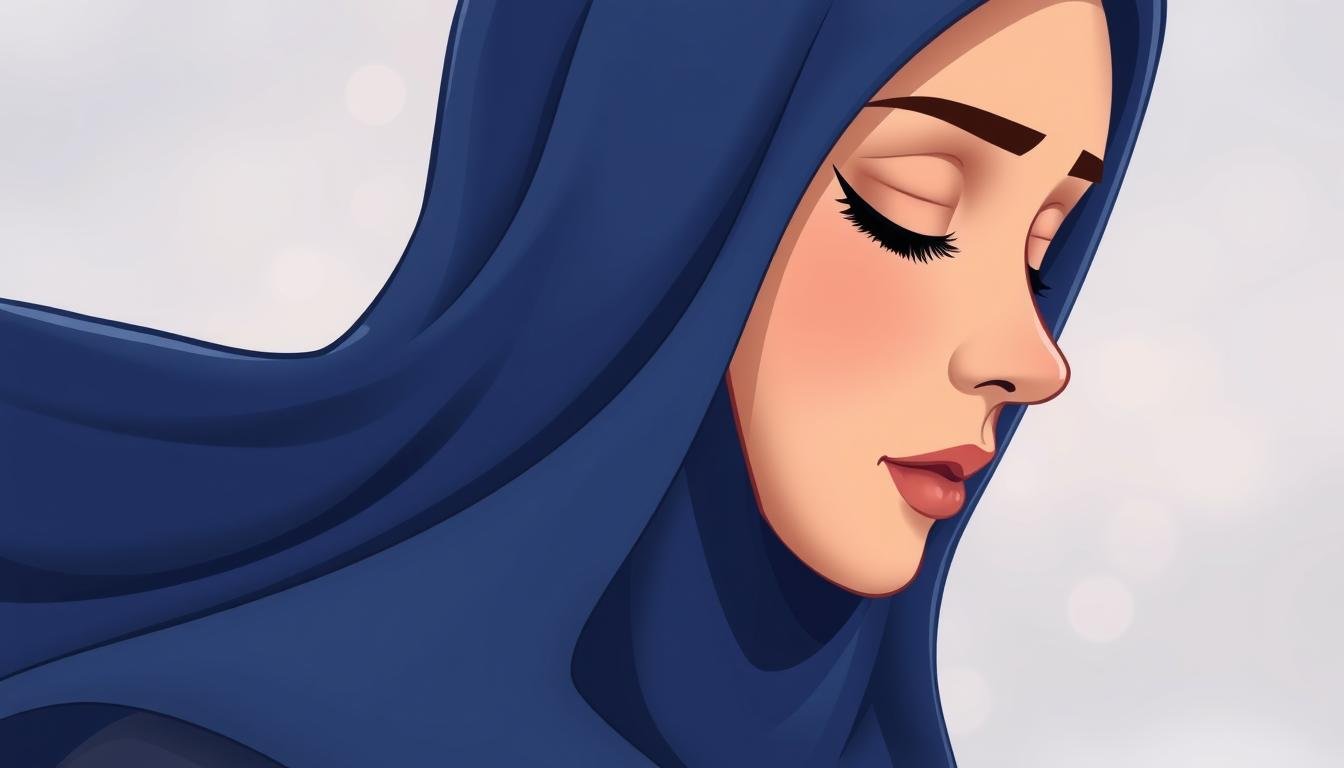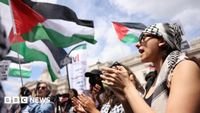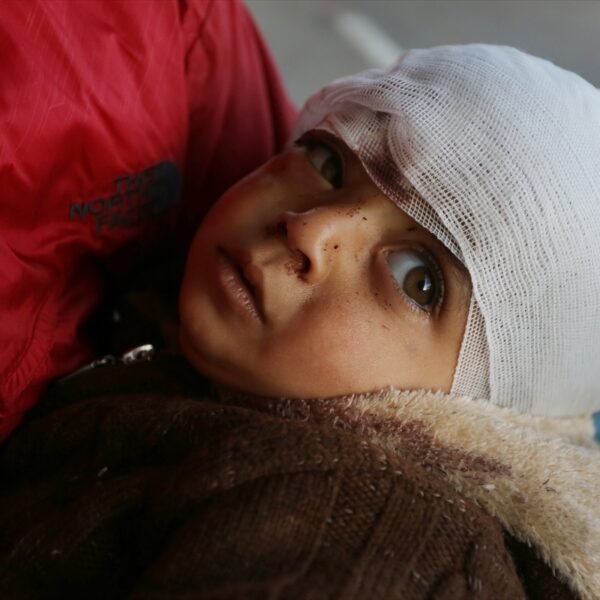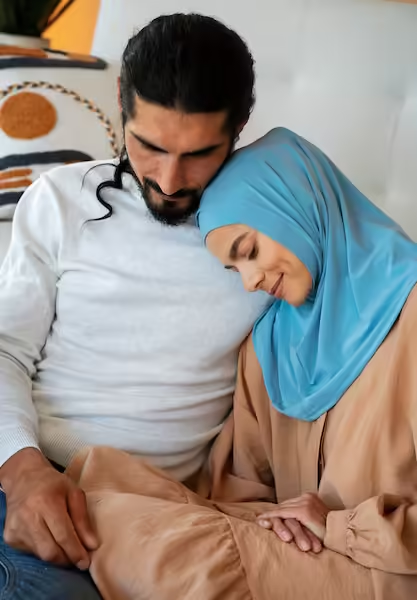Hijab is very important for Muslim women. It shows modesty, respect, and protection. The Quran and Hadith tell us why hijab is key.
The Quran says in Surah An-Nur, verse 31, that women should lower their gaze and cover their bosoms. This shows how vital hijab is in Islam.
Hijab is more than just a piece of cloth. It’s spiritual and emotional too. It helps Muslim women connect with their faith and show humility.
The Hadith, which shares the Prophet Muhammad’s words and actions, also talks about hijab. It says women should cover their faces and bodies when with men they shouldn’t be with.
Many people think hijab limits women, but it actually sets them free. It lets them be independent and not be seen as objects. By wearing hijab, women can move around safely and focus on their inner beauty and faith.
We will look into hijab’s role in Islam more. We’ll talk about its history, spiritual side, and cultural and religious views. We’ll also cover what Hadith says about hijab and common misunderstandings. By the end, you’ll know more about hijab and its value for Muslim women.
Understanding the Significance of Hijab in Islamic Tradition
Exploring hijab, I see it’s deeply tied to Islamic tradition. It’s not just about covering the head. The hijab definition in Islam is broad. It includes physical covering, spiritual dimensions, and cultural aspects.
The spiritual side of hijab is about modesty and humility. The cultural side is shaped by Muslim community norms and traditions.
The Quran talks about modesty and covering for everyone. Hijab protects Muslim women’s dignity and honor. It helps prevent harassment and objectification.
Looking at cultural aspects, I see different hijab styles. There’s the chador, niqab, and burqa. Each style shows regional and cultural differences.
The spiritual dimensions of hijab are key. Modesty in Islam goes beyond looks. It includes behavior, speech, and attitude.
Modesty is seen as a way to get closer to Allah. This is shown in the saying: “Modesty is part of faith, and faith is in Paradise.”
Historical Context of Hijab Before Islamic Times
The idea of hijab has a long historical context, starting in the pre-Islamic era. Women in the Arabian Peninsula and other places wore hijab. It showed their social status and modesty.
Records show that hijab was a sign of wealth and high status. Rich women wore it more, while poor women did it later because of work. The historical context of hijab shows its big role in Islamic tradition.
In the pre-Islamic era, veiling was shaped by culture and religion. The Quranic verse Sura 33:53, about veiling, was revealed in 627 CE. This marked a big change in hijab’s history. Looking at the historical context of hijab helps us understand its importance today.
Authentic Hadith About Hijab and their Sources
Exploring hijab means looking at real Hadith. These Hadith give us deep insights into hijab’s role in Islam. The Quranic verses and Hadith from Sahih Al-Bukhari and Sahih Muslim are key. They show us what the Prophet taught about hijab.
The real Hadith about hijab talk about modesty and humility. They say hijab helps promote these values. Sahih Al-Bukhari tells us women should not show their beauty to men they’re not married to. This shows the need for women to dress modestly and not draw too much attention.
Other important sources like the Quran and more Hadith also share insights on hijab. The Quran in Surah An-Nur (24:31) talks about wearing modest clothes. It tells women to lower their gaze and keep their modesty. These teachings help us understand hijab’s role in Islam and its importance in modesty and humility.
The Prophet’s (PBUH) Teachings on Female Modesty
Thinking about the Prophet’s teachings, I see how important female modesty is. The idea of ḥayāʾ (modesty) is key in Islam. The Prophet Muhammad (PBUH) stressed its role in showing humility and modesty.
The Prophet’s words link hijab to modesty and humility. Women wear hijab to keep their dignity and respect. He also taught that both men and women should value ḥayāʾ. This shows the importance of being modest yet confident.

In summary, the Prophet’s teachings on female modesty are very insightful. They show us the value of hijab and ḥayāʾ in being humble and respectful. By following these teachings, we can better understand Islam and its place in today’s world.
Essential Requirements of Hijab According to Hadith
Hijab is very important in Islamic tradition. It has physical and behavioral aspects. The Hadith tells us about the Prophet’s teachings on hijab.
The Quran says Allah doesn’t make things hard for believers. Hijab helps women join society without restrictions. The clothes should be loose and not show too much.
Women should wear a khimar or head veil. This covers their hair, neck, and ears. Hijab keeps women’s dignity and honor.
Physical Requirements and Behavioral Aspects
Hijab’s physical needs are clear. But its behavioral aspects are just as key. Women should not wear makeup or perfume outside.
The best hijab is a jilbab or over-garment. But a long, loose tunic and skirt also work. Knowing hijab’s needs helps clear up misconceptions.
Common Misconceptions and Cultural Influences
Culture affects hijab’s colors and styles. In Iran and the Arab world, black is common. But in Africa and Southern Asia, colorful hijabs are popular.
But the main thing is to cover modestly. By understanding hijab, we can respect Muslim women who wear it.
Different Interpretation of Hijab Across Islamic Schools
Exploring hijab shows us it means different things in various Islamic schools. The Islamic tradition is full of different views on hijab. These views change based on history and culture, showing the need to understand Islamic tradition’s growth.
Islamic schools have different ideas about hijab. Some see it as a sign of modesty, while others see it as a personal choice. The Islamic tradition’s variety is shown in these different hijab views. We must look at the cultural and historical backgrounds of these views.
The ways Islamic schools see hijab come from their views on the Quran and Hadith. Quranic verses about hijab are open to many interpretations. These interpretations are based on Islamic tradition and the teachings of the Prophet Muhammad (PBUH).
In conclusion, the different hijab views in Islamic schools show the richness of Islamic thought. When we look at hijab, we should be respectful and open to all views. By studying these views, we can better understand Islamic tradition and its importance today.
Modern Challenges in Practicing Hijab
Muslim women face many challenges in wearing hijab today. These include workplace considerations and the social media impact. Understanding hijab’s importance is a personal and spiritual journey.
A study found that 81% of women have faced sexual harassment. This shows the need for supportive communities and safe places for women to follow their faith.
Muslim women also face challenges in sports and activities. They must balance their faith with their love for physical activities. By setting small habits and having supportive people, they can overcome these modern challenges.
The Muslim population in the U.S. is growing fast. By 2040, Muslims will be the second-largest religious group. It’s important to address workplace considerations and social media impact on Muslim women. This way, we can make society more inclusive for them to practice their faith.
The Wisdom Behind Hijab Guidelines in Hadith
Exploring the importance of hijab in Islam, I find the wisdom behind hijab guidelines in Hadith fascinating. Hijab is about being modest and humble. The Prophet Muhammad taught us its value in Hadith.
The wisdom in Hadith guides us on hijab’s role in Islam. It shows us the true meaning of hijab. 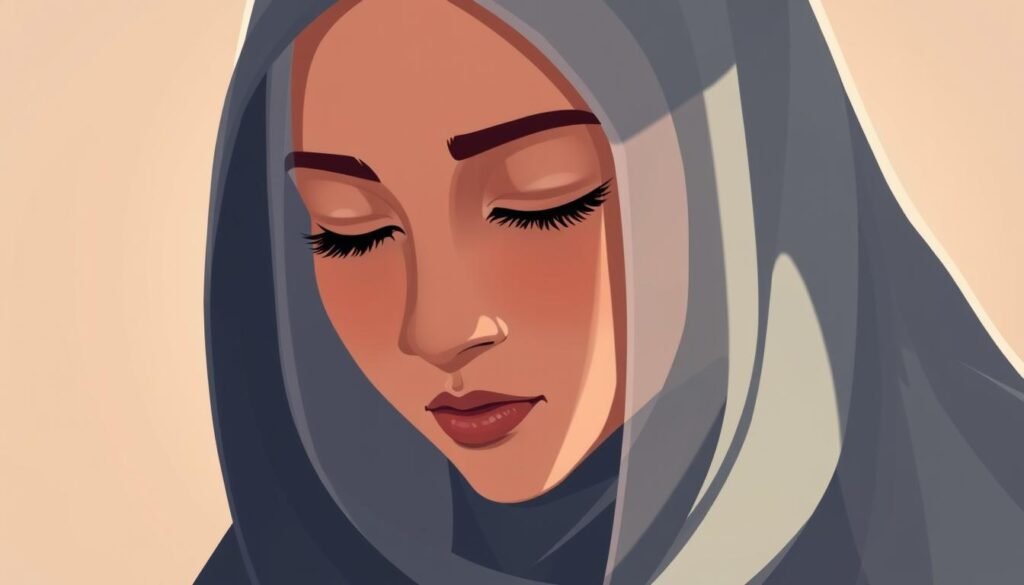
Hijab is more than just covering up. It’s about being modest and humble. The Hadith teaches us about the Prophet’s views on hijab. Following these teachings helps us understand hijab’s true value.
Common Questions About Hadith on Hijab Answered
Exploring the role of hijab in Islam is key. We need to tackle common questions about age, specific situations, and family views. Understanding hijab is a personal and spiritual quest. It requires grasping Islamic traditions and their growth.
Looking at age requirements, girls don’t need to wear hijab until they hit puberty. Yet, many girls start early to follow their role models. This choice is shaped by personal beliefs, culture, and life experiences. The rules for wearing hijab change based on the situation.
Deciding to wear hijab involves personal choice, cultural norms, and family impact. It’s important to be understanding and respectful. By diving into these topics, we can better understand hijab’s role in Islam today.
Scientific and Social Benefits of Hijab
Exploring the hijab’s significance is fascinating. It has positive effects on mental and physical health. Wearing hijab helps women avoid unwanted attention, improving their emotional well-being.
The human nervous system has over 100 billion neurons. These process and store sensory information. The eyes get over 80% of all sensory information. So, wearing modest dress is key to controlling what we see and think.
Hijab has been worn by Muslim women for nearly 1440 years. It’s more than just a religious symbol. It helps women resist Western culture, creating a dual identity.
Many Muslim women wear hijab to show their faith and connect with others. This can lead to more respect and opportunities in their communities.
In conclusion, hijab’s benefits are clear. It promotes modesty and humility. Understanding its value helps us build a more inclusive society. Here, women can wear hijab without fear of judgment.
Practical Tips for American Muslim Women
Thinking about American Muslim women and hijab, I see a deep connection to Islamic tradition. It’s a personal and spiritual journey. It’s shaped by community, faith, and how society sees them.
For these women, finding the right style guidelines is key. They look for practical tips that mix modesty with personal style. They try out different hijabs, like scarves or abayas, to find what works best for them. They also adjust their hijab for the seasons, staying cool in summer and warm in winter.
In work settings, American Muslim women face special challenges with hijab. There are stereotypes and biases. But, they can overcome these by being informed and seeking help. They educate their colleagues and employers about hijab. They also find support in Muslim communities and advocate for inclusive workplaces.
The secret to handling hijab’s complexities is to stay informed and connected. By following practical tips and style guidelines, and adapting to the seasons, women can succeed. They can do well in their jobs and stay true to their faith and values.
Embracing Your Identity Through Islamic Teachings
Wearing hijab is a way to seek Allah’s (SWT) pleasure. It shows modesty, a key value in Islam. Many women feel peace and happiness because of it.
It connects women to a worldwide Muslim community. This creates a sense of unity and shared identity.
Islamic teachings, as found in the Hadith, explain the Prophet’s (peace be upon him) views on hijab. It’s seen as a sign of Muslim identity and helps in personal growth.
By following the Hadith, Muslim women can embrace their identity with confidence. They uphold modesty and humility, key to the Islamic faith. This journey leads to a deeper connection with the divine and a stronger sense of purpose in the Muslim community.
FAQ
What is the significance of hijab in Islamic tradition according to the Quran and Hadith?
How is the definition of hijab in the Islamic context multifaceted?
What is the historical context of hijab before the advent of Islam?
What are the authentic Hadith references that provide insights into the significance of hijab?
How do the Prophet’s (PBUH) teachings on female modesty emphasize the importance of hijab?
What are the essential requirements of hijab according to the authentic Hadith?
How have the interpretations of hijab varied across different Islamic schools of thought?
What are the modern challenges in practicing hijab, and how can Muslim women navigate them?
What is the wisdom behind the guidelines for hijab in the authentic Hadith?
How can American Muslim women navigate common questions about Hadith on hijab, such as age requirements, situation-specific guidelines, and family considerations?
What are the scientific and social benefits of hijab, and how do they contribute to the significance of this practice?
What practical tips can American Muslim women follow to practice hijab within the Islamic parameters while considering their lifestyle and environment?
How can embracing one’s identity through Islamic teachings contribute to the significance of hijab?

Embracing Faith, One Insight at a Time!
The teachings of the Quran have always guided my path. With a deep passion for Islamic knowledge, I strive to blend the wisdom of tradition with the relevance of today, making the timeless messages of Islam accessible and meaningful for everyone.
Muslim Culture Hub is my platform to share historical insights and thought-provoking articles, exploring both well-known and lesser-discussed aspects of Islamic culture and beliefs. My mission is to create an inclusive online space where everyone can learn, strengthen their faith, and connect with the profound message of Islam.
Join the journey!
May peace be upon you.

